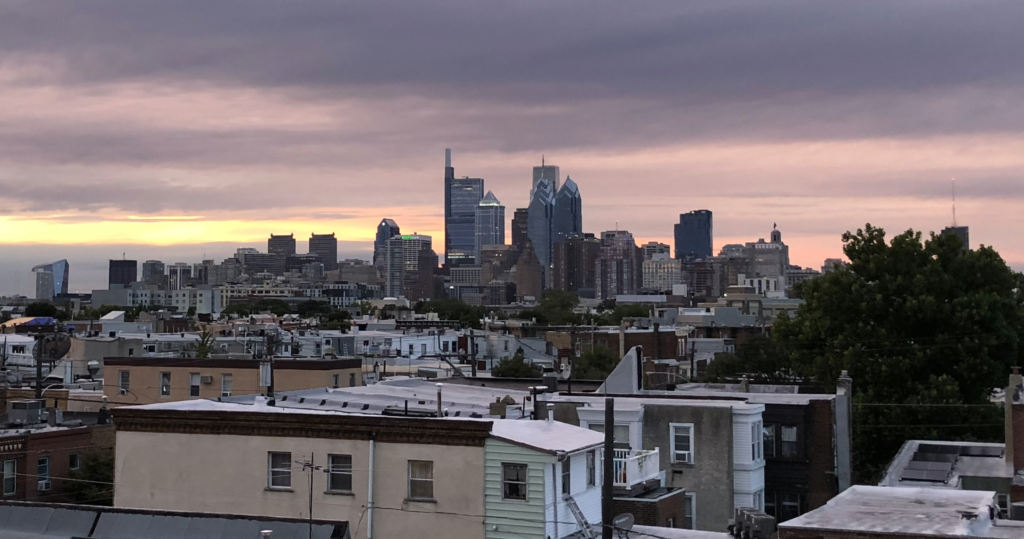Last week, I went on my first ever field trip in college. It was for my American Environmental History class. We visited Bartram’s Garden in Southwest Philly. Sitting right on the bank of the Schuylkill, this garden was started in the mid 1700s by John Bartram, a botanist and friend to many of the founding fathers. Bartram travelled from Ontario to Florida, collected different species of flora, and propagated them back on his garden. This place soon became a spot of refuge for the founding fathers when they wanted to get away from the busyness of dmeocracy planning.
I decided to share part of my essay for my post today. I think it was meaningful. Hopefully you find it to be, too.
Though the origin story of United States is a rather sad story of Indian removal and genocide, the sentiment of a democratic republic which offers opportunities for all people to flourish is at the core of this country. From the beginning, people from opposing cultures, beliefs, and ideologies were welcomed to come together, have difficult discussions, and learn to coexist among each other. This is exactly what Bartram did in his garden: he brought plants together from opposite lands and helped them live next to one another in a symbiotic relationship. Just as different plants needed different soils and nutrients, so too do different ethnic groups and cultures have different needs.
In the 18th century Philadelphia was the center of the nation, a true melting pot of ideas and initiatives. If Independence Hall was the brain of the city, then Bartram’s Garden was the heart. As in the body the heart is separated from the brain by about 18 inches, so too is Bartram’s separated from Center City. The Schuylkill River, being the main artery that connected the head and the heart, could be likened to the aorta. This primary blood vessel carried the lifeblood of liberalism and democracy from the floral assemblage of Bartram’s to the rest of the city, the nation, and the continent. As we are sprung into action by the beating of the heart, so too were the founding fathers inspired to bring people from all nations, races, and cultures together in this one, United States.
Though my analogy may not be wholly accurate, I believe it touches on the importance of this garden in the history of our nation. It’s really no wonder Bartram’s has withstood the test of time: the diversity of the plants and the community that keeps it thriving are the same diversity and community at the core of American identity. Though our culture has moved away from the land, agriculture, and the love of the natural world, I believe places like Bartram’s can bring us back into harmony with one another. Maybe a better understanding of our ecological home and the beauty within it might just help elevate us to a higher octave of humanity, an octave rich in appreciation of diversity and communal support of one another.
I’ll be sure to visit Bartram’s again soon so I can be reminded of how, together, we can make this a better home for everybody.
Aaron Lemma
